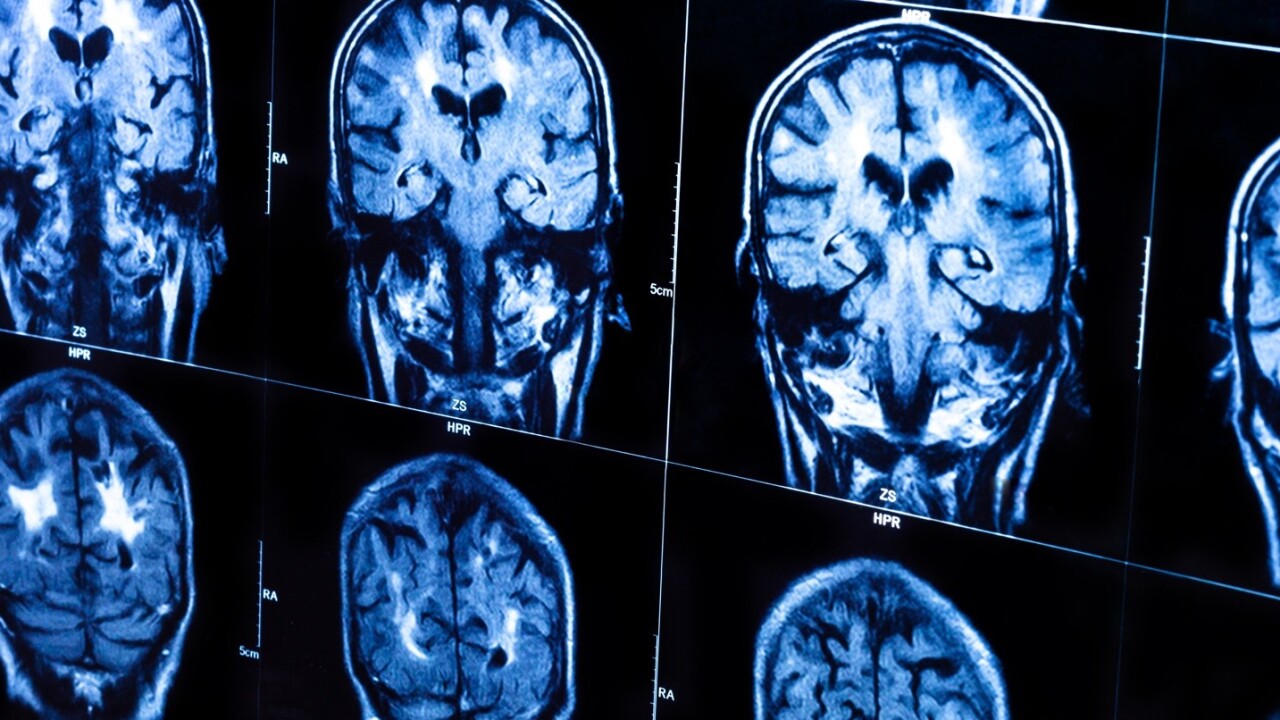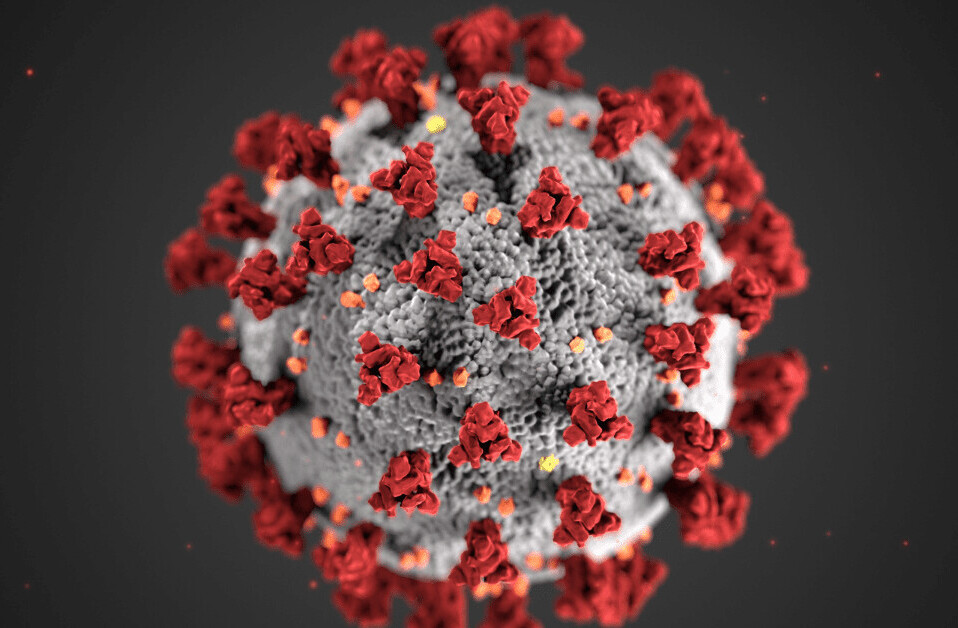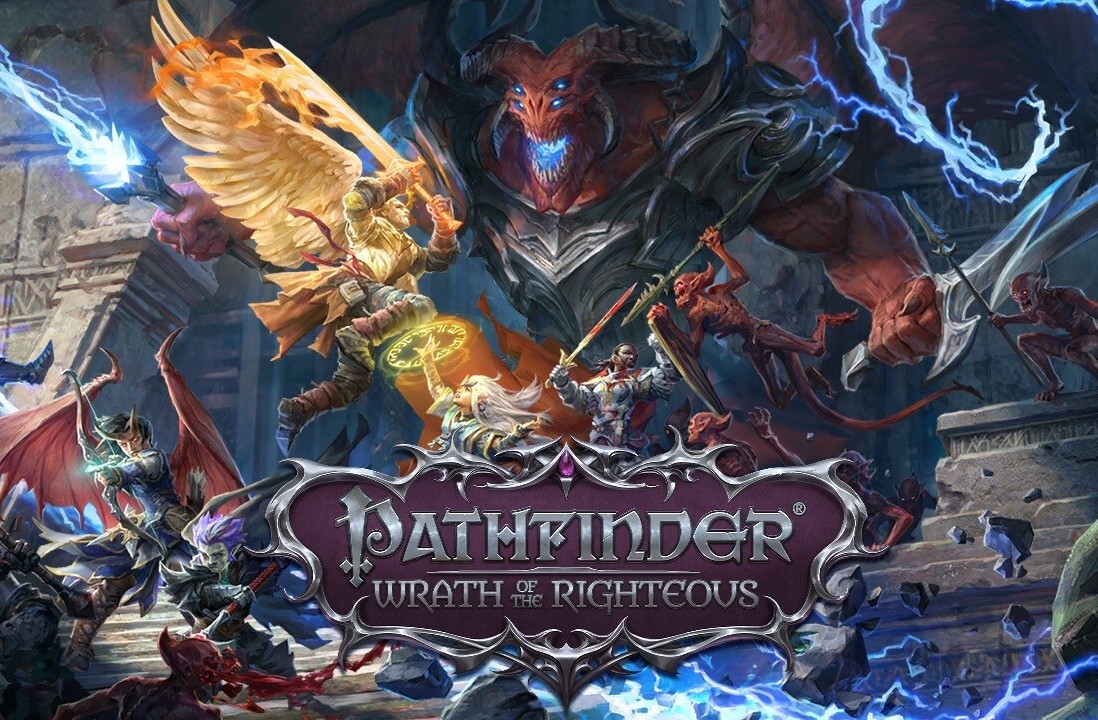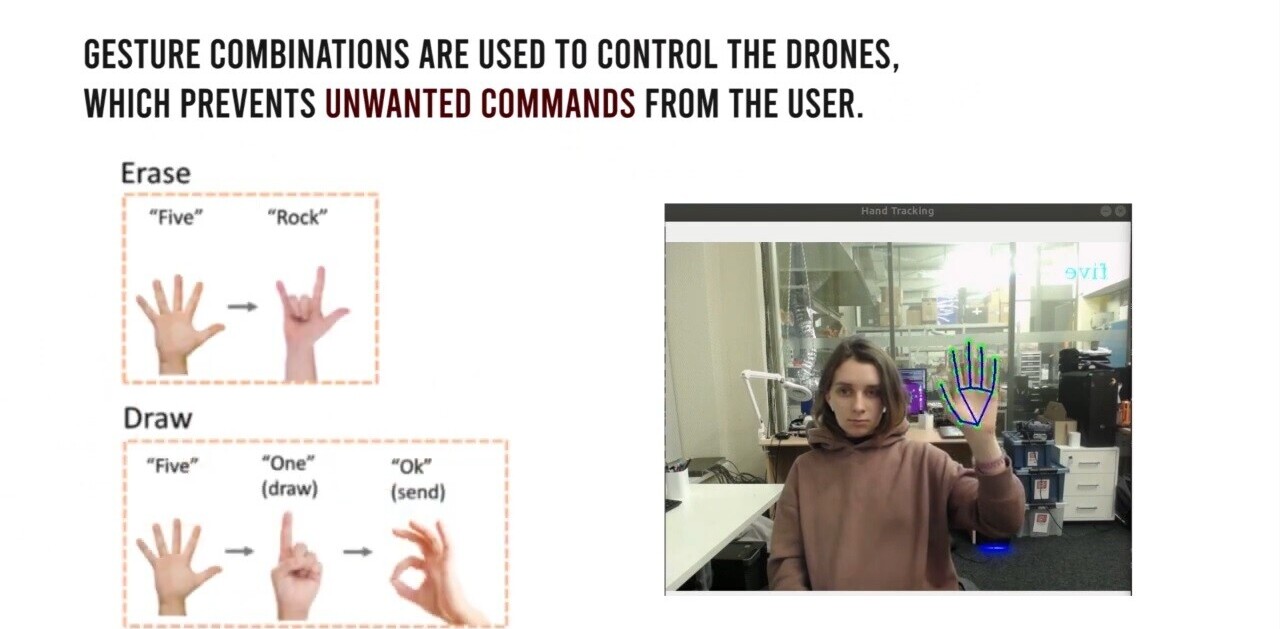
Scientists from the University of Science and Technology in China have a quantum physics-based answer to the ultimate question: If humans are so smart, why do we all make so many stupid choices?
Psychologists and casinos have spent untold resources trying to figure out why humans don’t always make the correct choices, even when the consequences are apparent. Theoretically, we’re all capable of making simple, smart choices – but who among us hasn’t made a regrettable decision or two in their lives? Why is nobody perfect?
The answer is uncertainty, as in the kind of uncertainty that drives quantum mechanics theories. The researchers took a problem-solving paradigm called quantum reinforcement learning (QRL) which is based on a technique used in both psychology and artificial intelligence development called classical reinforcement learning (CRL).
Classic reinforcement learning is a simple concept that involves reward and punishment. Whether you’re training a baby or a robot, the idea is that you reward it for successfully completing a task and you punish it (by withholding the reward) for the opposite. When applied to cognition, the idea is that we make all of our decisions based on perceived reward versus punishment.
Quantum reinforcement learning involves a quantum agent interacting with a classical environment in order to adjust its parameters via reward or punishment. In essence the probability amplitudes (the big-brain math parameters that scientists use to calculate the probability of something happening) used in QRL are based on quantum physics and not binary, classical physics. In theory, this should make any predictions created using QRL more robust than those created using CRL. This is, apparently, because these models account for the uncertainty that exists in the quantum universe — you can never truly predict the outcome of an event at the quantum level.
In order to prove this was the case however, the researchers needed a method by which they could verify that the QRL models outperformed the CRL models in measuring actual human behavior. To this end, the scientists solicited test subjects who submitted to fMRI scans while playing a game known as the “Iowa Gambling Task.”
The Iowa Gambling Task was developed to determine how easily participants learned from their mistakes. The gist of it is that users are presented with four decks of cards and asked to draw a card from any deck they choose, depending on the value of the card drawn they will lose or gain “money” in the game. Some of the decks are “bad” and will drain the players’ money if they keep drawing from them and others are “good” and will pay off if players keep drawing.
All things being equal, most players should catch on pretty quickly when a deck isn’t panning out. Most players, over the course of various studies throughout the years, tend to draw a few cards from each deck until they land on one that pans out. However, as many studies have shown, including the one this article refers to, participants with a history of addiction or abnormal brain activity tend to make the “wrong” decisions more often.
The Scientists from the University of Science and Technology in China leveraged this knowledge to make it easier to determine whether QRL-based probability models had benefits over CRL by comparing the results and brain scans of both “healthy” test-takers and those who displayed signs of addction, ie: cigarette smokers.
The cigarette smokers under-performed at the Iowa Gambling Task when compared to “healthy” individuals but, astonishingly, QRL models better predicted the outcomes than CRL models for both groups.
This would appear to support the idea that “quantum cognition” better explains human behavior and decision-making than binary probability models. And if the best way to measure and predict human behavior uses quantum learning models, it makes sense that human cognition itself is quantum.
Perhaps the only way to explain human memory, cognition, and consciousness is through the lens of quantum mechanics.
LiveScience writer Nicoletta Lanese, writing about the same study, says:
Quantum mechanics also acknowledges that people’s beliefs about the outcome of a given decision — whether it will be good or bad — often reflect what their final choice ends up being. In this way, people’s beliefs interact, or become “entangled,” with their eventual action.
To the best of our knowledge, this work represents the first formal study investigating physiological evidence for quantum reinforcement theory in human decision-making. For more information read the full research paper here on Nature Human Behavior.
Get the TNW newsletter
Get the most important tech news in your inbox each week.





